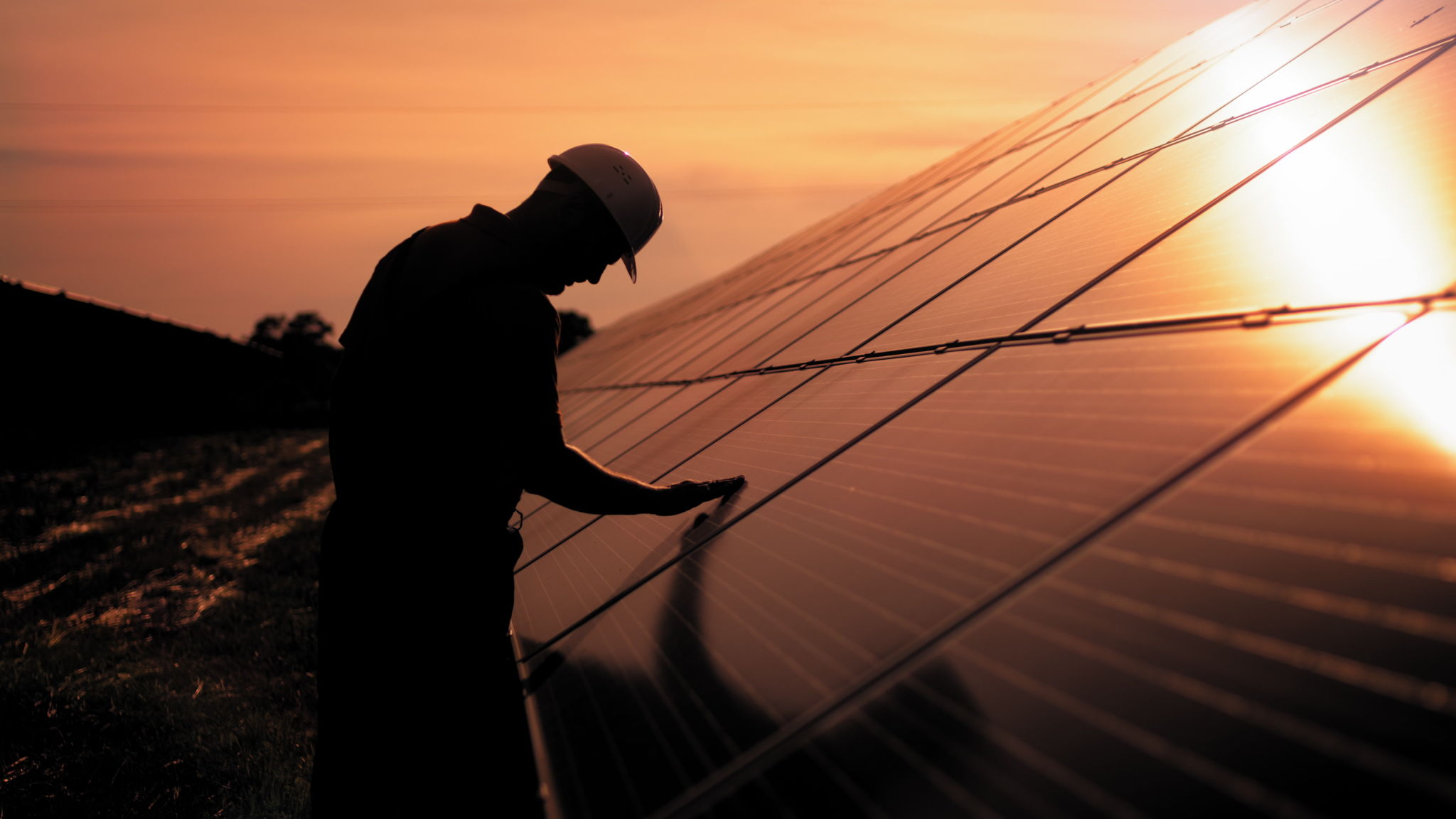The Solar System Installation Explained
Understanding the Basics of A Solar Panel Installation
Solar panel installation is a significant step towards embracing renewable energy and reducing your carbon footprint. However, the process might seem complex if you're new to it. In this blog post, we'll break down the steps involved in installing solar panels, making it easier for you to understand and potentially undertake this eco-friendly initiative.
Before diving into the installation process, it's crucial to understand the core components of a solar power system. These include the solar panels, an inverter, a mounting system, and the necessary wiring. Each component plays a vital role in converting sunlight into usable electricity for your home or business.

Site Assessment and Planning
The first step in the solar panel installation process is a thorough site assessment. A professional installer will visit your property to evaluate its suitability for solar panels. This assessment includes checking the roof's condition, orientation, and shading from nearby structures or trees.
Once the site assessment is complete, the installer will design a customized solar power system tailored to your energy needs and the specifics of your property. This design phase is crucial for ensuring maximum efficiency and performance of your solar panels.
Permits and Paperwork
Before installation can begin, you'll need to obtain the necessary permits and approvals from local authorities. This step can vary depending on your location and the size of your solar power system. Your installer will typically handle most of the paperwork, ensuring all regulations and requirements are met.
Additionally, it's essential to check with your utility company about any specific requirements or incentives they offer for solar panel installations. These incentives can significantly reduce the overall cost of your solar power system.

Install : Mounting System
With permits in hand, the actual installation process begins. The first step is to install the mounting system, which will hold your solar panels in place. This system is securely attached to your roof or ground, depending on where your panels will be installed.
The mounting system is designed to withstand various weather conditions, ensuring the longevity and stability of your solar panels. Proper installation of the mounting system is critical for the overall performance of your solar power system.
Installing the Solar Panels
Once the mounting system is in place, the solar panels are carefully installed on top. Each panel is securely fastened to the mounting system, ensuring they are properly aligned and positioned to capture maximum sunlight.
This step requires precision and expertise, as the alignment and angle of the panels directly impact their efficiency. Professional installers use specialized tools and techniques to ensure optimal placement.

Electrical Wiring and Inverter Installation
After the panels are installed, the next step is to connect them to the inverter. The inverter is a crucial component that converts the direct current (DC) electricity generated by the panels into alternating current (AC) electricity, which can be used in your home or business.
Proper electrical wiring is essential for the safe and efficient operation of your solar power system. Professional installers will ensure all connections are secure and comply with local electrical codes.
System Testing & Activation
Once the installation is complete, the entire system undergoes thorough testing to ensure everything is functioning correctly. This includes checking the panels, inverter, and wiring for any issues or defects.
After successful testing, your solar power system is ready for activation. Your installer will guide you through the process of connecting your system to the grid and explain how to monitor its performance.

Maintenance and Monitoring
Maintaining your solar power system is relatively straightforward. Regular cleaning of the panels and periodic inspections by a professional will ensure your system continues to operate at peak efficiency.
Most modern solar power systems come with monitoring tools that allow you to track their performance in real-time. This feature helps you identify any potential issues early and ensures your system is generating the expected amount of electricity.
In conclusion, while the process of solar panel installation involves several steps, understanding each phase can help you make informed decisions and ensure a smooth transition to renewable energy. By investing in solar power, you're not only reducing your energy bills but also contributing to a more sustainable future.
- James Rich

